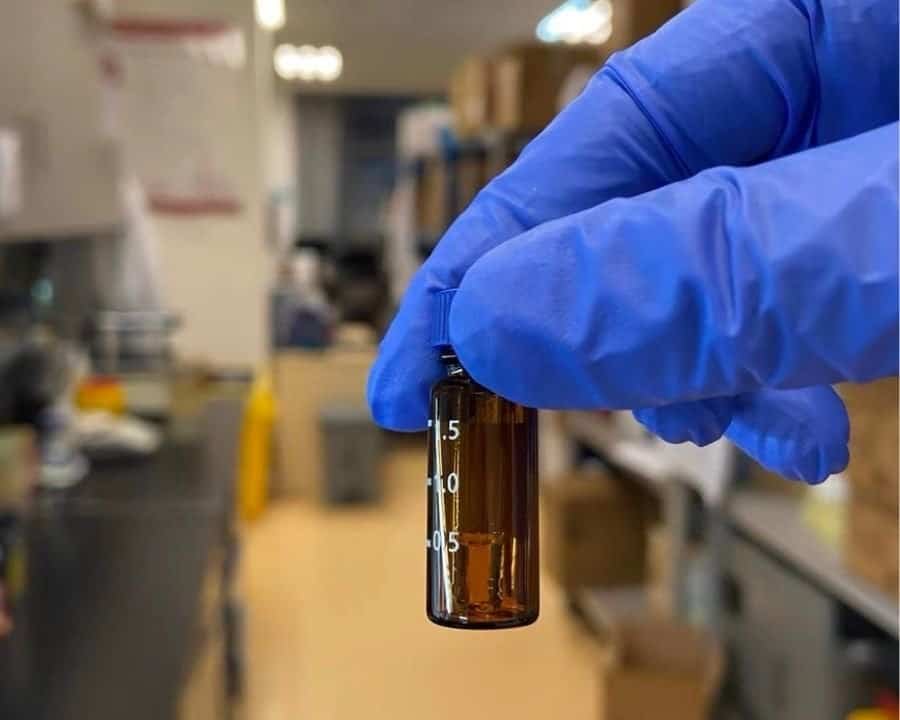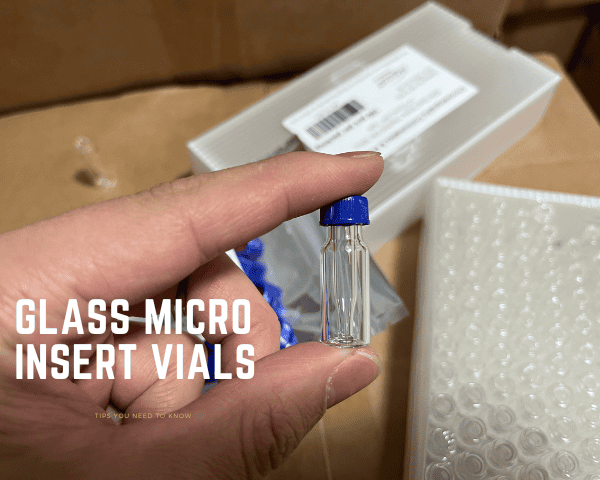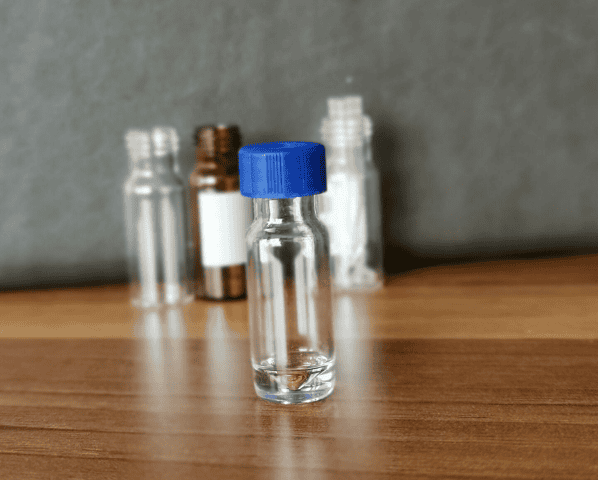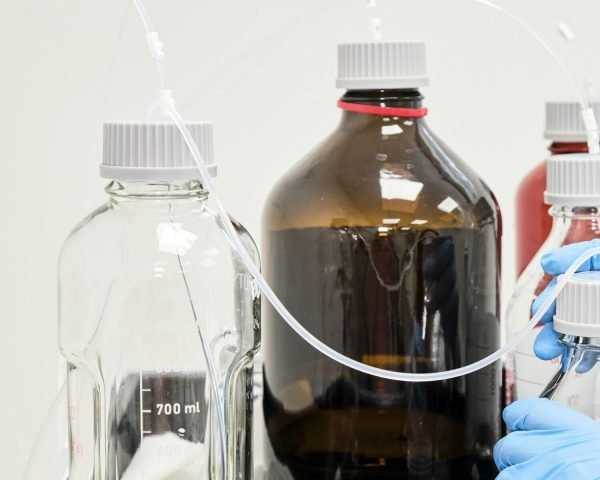When you first start using High Performance Liquid Chromatography (HPLC), it’s easy to get overwhelmed by all the complex components and terminology. One term you’ll hear frequently is “stationary phase.” But what does it actually mean, and why should you care about it?
Well, let’s dive into it and break things down in a way that’s easy to understand—almost like you and I are sitting down over a cup of coffee, chatting about it.
What Is the Stationary Phase in HPLC?
At its core, the stationary phase in HPLC refers to the material that stays fixed in place inside the chromatographic column.
It’s what your sample will interact with during the separation process. But why is this important? Well, the stationary phase plays a huge role in determining how different compounds in your sample will separate and elute (come out of the column) over time. So, without a solid understanding of the stationary phase, your HPLC results could be all over the place.
Why Does the Stationary Phase Matter?

You might be wondering, “Why is this stationary phase such a big deal?” Well, it’s simple: the stationary phase dictates how well your sample components separate from each other. Think of it like this: Imagine you’re at a crowded party, and you’re trying to find your friends. The stationary phase is like the venue’s layout—whether it’s a narrow hallway or a big open room—it directly affects how fast and in what order you and your friends can get through the crowd. In the same way, the stationary phase affects the speed and order at which compounds travel through the column.
Types of Stationary Phases: What Are My Options?
Now, you’re probably thinking, “Okay, so there are different stationary phases. What are they?” The two main types you’ll encounter are reversed-phase and normal-phase stationary phases. But what exactly does this mean?
- Reversed-Phase Stationary Phase: This is the most commonly used type in modern HPLC, and it’s great for separating compounds that are hydrophobic (i.e., water-repelling). It’s typically made from materials like silica, but with non-polar groups bonded to it. If your sample is water-soluble, reversed-phase chromatography can be your best friend. What do you think? Does this sound like a setup that would work for your lab?
- Normal-Phase Stationary Phase: This is the opposite. It’s often used when dealing with more polar compounds, and the stationary phase here is usually just plain silica. In this case, the mobile phase (the liquid or solvent pushing the compounds through) is typically non-polar.
There’s also a variety of other stationary phases out there, like ion-exchange and size-exclusion phases, but I won’t dive too deep into those here—unless you’d like me to!
How the Stationary Phase Works in HPLC
Let’s go a bit deeper into how the stationary phase actually works within the HPLC system. The separation of compounds depends on how they interact with the stationary phase. This interaction is often governed by several forces, including:
- Adsorption: This is where compounds stick to the surface of the stationary phase. Some compounds have a stronger “affinity” for the stationary phase than others, so they’ll stick around longer. That means they’ll elute later.
- Partitioning: This happens when compounds dissolve into the stationary phase to some extent and then move in and out. How much a compound dissolves depends on its polarity and the nature of the stationary phase.
- Ion-exchange: If your stationary phase is made to interact with charged particles (ions), you’ll see an exchange between the ions in your sample and those attached to the stationary phase.
How Do I Choose the Right Stationary Phase?
Okay, but how do you choose the right stationary phase for your HPLC analysis? This really depends on a few factors, including:
- The Nature of Your Sample: Is your sample polar or non-polar? Does it contain ionic compounds? The composition of your sample is key to selecting the best stationary phase.
- The Desired Separation: Are you trying to separate small, volatile compounds or larger, more complex molecules? Different stationary phases offer varying levels of selectivity and efficiency, so you’ll want to match the phase to the task at hand.
- The Mobile Phase: The stationary phase interacts with the mobile phase, and the two work together to separate the components of your sample. Your choice of stationary phase might influence the kind of solvents you use in the mobile phase.
The Role of Surface Area in Stationary Phases
It’s not just about the material you use for the stationary phase; surface area matters, too. A larger surface area means more interaction points for your sample, which can result in better separation. Silica, for example, has a high surface area and is often used in reversed-phase HPLC columns. So, how much surface area do you think is right for your work? More isn’t always better—it really depends on what you’re analyzing.
Optimizing Your HPLC Process: A Few Tips

As you dive into using the stationary phase in your HPLC work, here are a few tips that can help you optimize your results:
- Column Selection: Don’t just settle for the first column you find. Choose the one that suits your sample and analysis goals. The stationary phase material, pore size, and particle size all impact the outcome.
- Temperature Control: Temperature can influence how compounds interact with the stationary phase. Experimenting with different temperatures might help improve separation in some cases.
- Mobile Phase Compatibility: The stationary phase needs to work well with the solvents (mobile phase) you plan to use. Keep in mind that some solvents can degrade or damage certain stationary phases over time.
Conclusion: Understanding Stationary Phases for Better Results
So, what do you think? Does the stationary phase sound a bit clearer now? In HPLC, this component isn’t just a technical detail—it’s one of the most critical factors in achieving the separation and analysis results you need. By selecting the right stationary phase, you can optimize your chromatographic process, save time, and get more accurate data. If you’re looking to improve your HPLC setup, this is definitely an area worth diving deeper into.
When choosing your stationary phase, remember that it’s all about matching it to your sample, your goals, and the conditions of your lab. So, what are you waiting for? Give it a try and see how the right choice can elevate your analysis! Feel free to reach out if you’ve got any questions—I’m always here to chat about this stuff.
Mastelf, with over 13 years of experience in chromatography vials, we can help you find the exact vials you need for your applications.



Our expertise ensures that you get reliable and precise products tailored to your specific requirements. Whether you’re in pharmaceuticals, research, or any other industry relying on HPLC, we understand your needs and are here to support you in making the right purchase.
Reach out to Mastelf, and let us assist you in procuring the perfect vials for your work.











